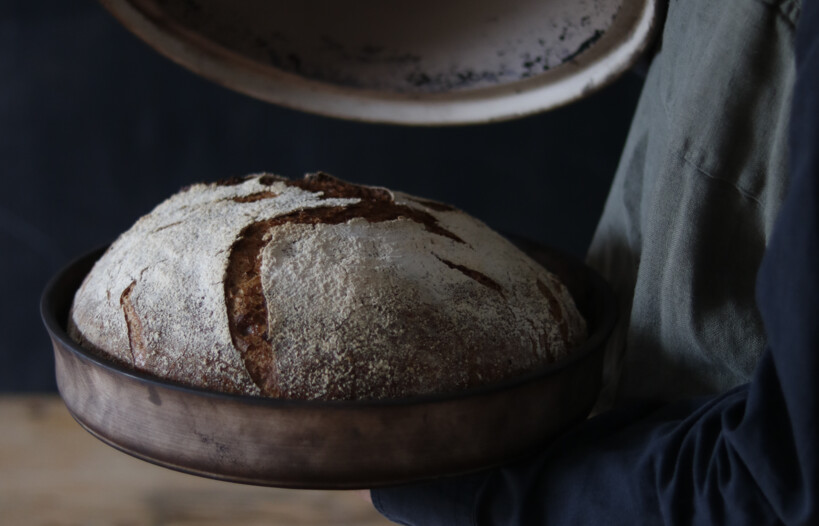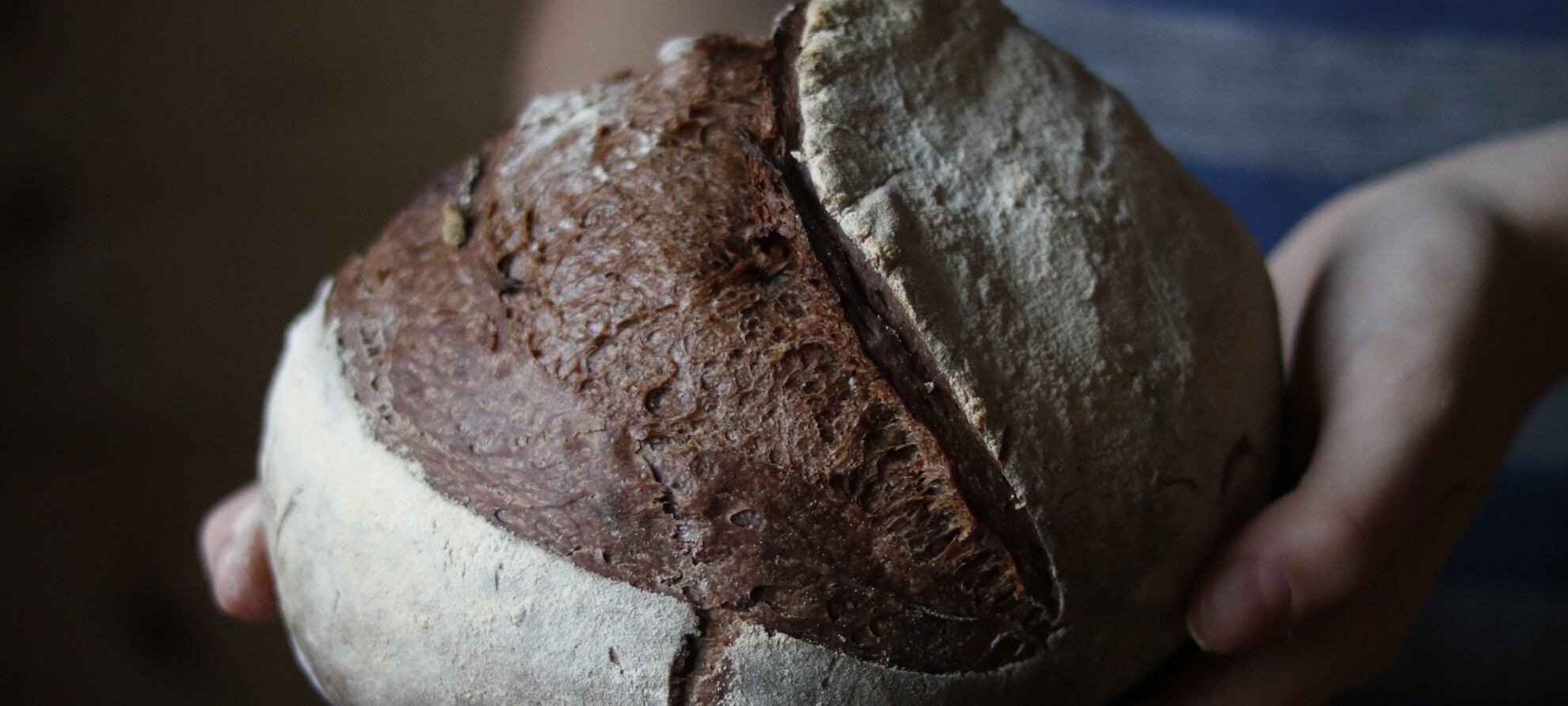The ancient origins of bread
My fresh start with sourdough starter
Bread?
“Bread is home, it’s the homeland. Bread is our ancestral food. Bread has an emotional resonance for us all. Every religion has its own rituals associated with bread. The cultivation of grains is what transformed us from nomads into settled people. Our relationship with grains goes deeper than any of the relationships that came from agriculture later. It touches something in the fabric of our identity that we all share. It’s no surprise that during lockdown, we didn’t all turn to making lasagne: we all made bread”.
As we learn to knead bread, feeling it take shape under our hands, working our emotions into it, Vea Carpi talks to us about the smell of snow, about a mountain farm stumbled upon by chance, about the courage of breaking away from a past life and about pasta madre: a sourdough starter that has found its way into homes around the world for 65 years. Destinies and destinations meet in this wild valley, where the protected language of Mòcheno is spoken and a network of women entrepreneurs are building the future.
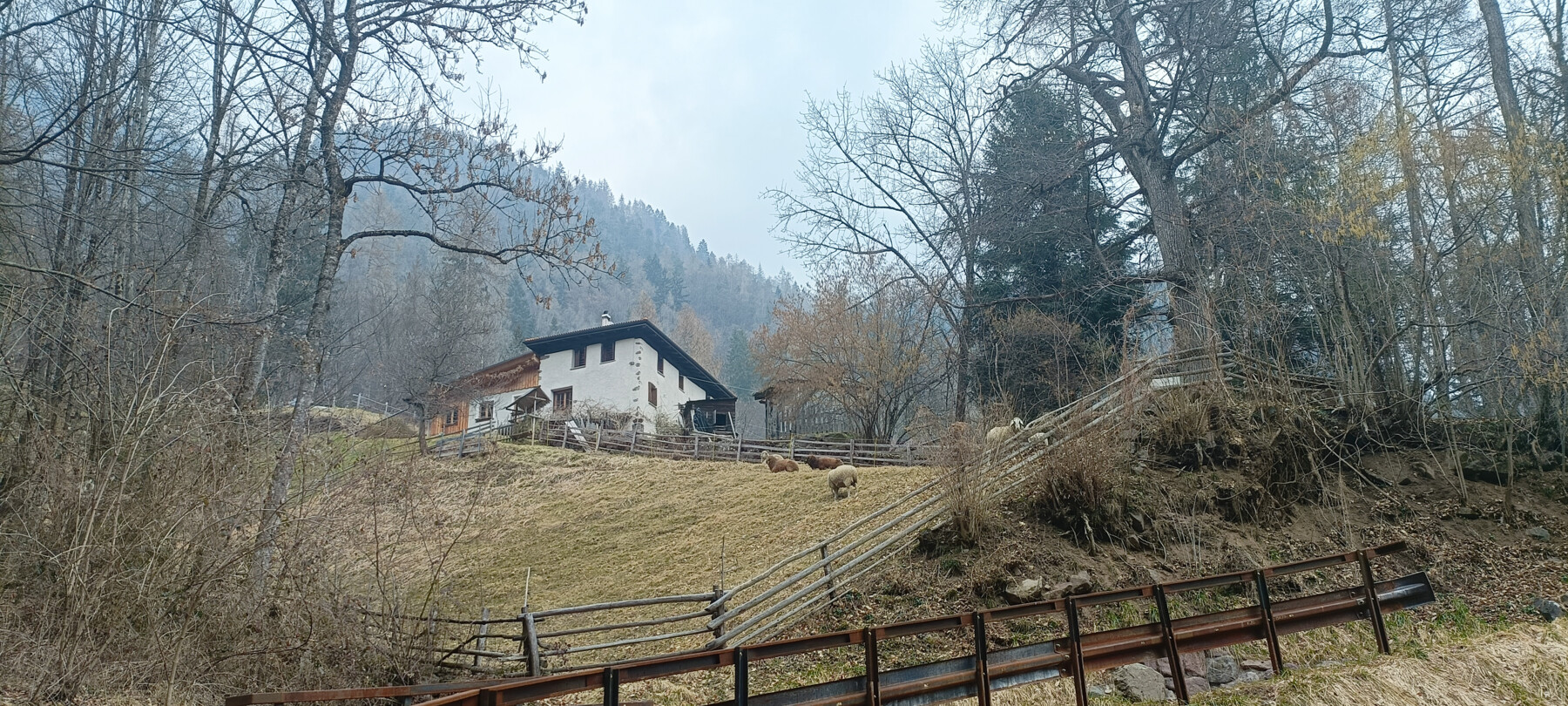
The Maso
We are in the municipality of Sant’Orsola, in Valle dei Mocheni, one of Trentino’s most intact inhabited areas. Mas del Saro is the maso, or mountain farm, where Tuscan native Vea has lived for twenty years with her husband Renzo, from Trentino, their three children, Pietro, Viola and Sole, and a numerous sheep. She welcomes guests into her home at the weekends for lunch and dinner, cooking with produce from her own garden and other carefully selected raw materials. Her bread is the star ingredient of every dish: after all, when it comes to bread-making, her name is known far and wide, even beyond the Alps. She writes about it, she studies it, she teaches about it in courses at the maso. “We came here with no particular dreams, no plans, we just wanted to be outside in nature. That’s all”. Then, little by little, the maso cast its spell on Vea, quite literally changing her life. But one thing at a time.
Whether you're coming to take a course or eat a meal, you must always arrive at the maso on foot. Leaving your car further down the valley and walking the trail for fifteen minutes, partly through the woods, is a way of preparing the body, making it receptive to new gestures and memories.
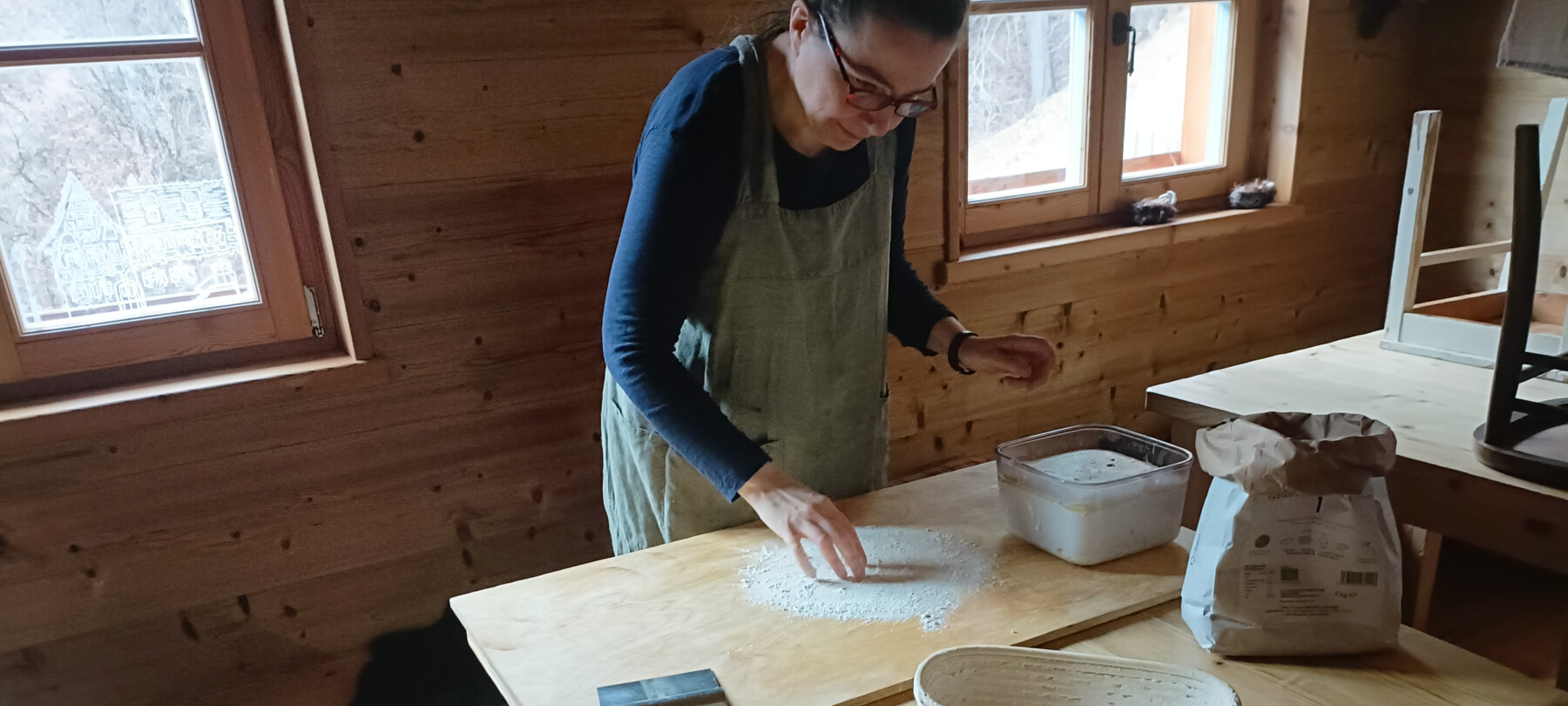
Vea Carpi
At just over twenty years old, Vea was living in Pisa. She had recently graduated and was about to bring Pietro into the world. Renzo was a journalist with a love of the outdoors. Living in an apartment, they acquired a motorcycle and discovered the maso. Once they’d made it liveable, it became a refuge for them to enjoy in the evenings and at weekends, while juggling work commitments and raising a family in the city. When Sole was born, after Viola, Vea decided it was time for a change of pace, to dedicate herself to her children and to learning from nature.
She rediscovered the scent of wood she’d known in her grandparents’ house, the warmth of a protective blanket of snow, a new freedom in her life as a mother. It was then that “the maso began to cast its spell on me”. First through the garden, then through bread. The arrival of the pasta madre was the turning point. “Sometimes it’s really the simplest things that gradually lead you to see yourself in a different light”. When Vea realised where her talents lay and how to use them, everything changed.
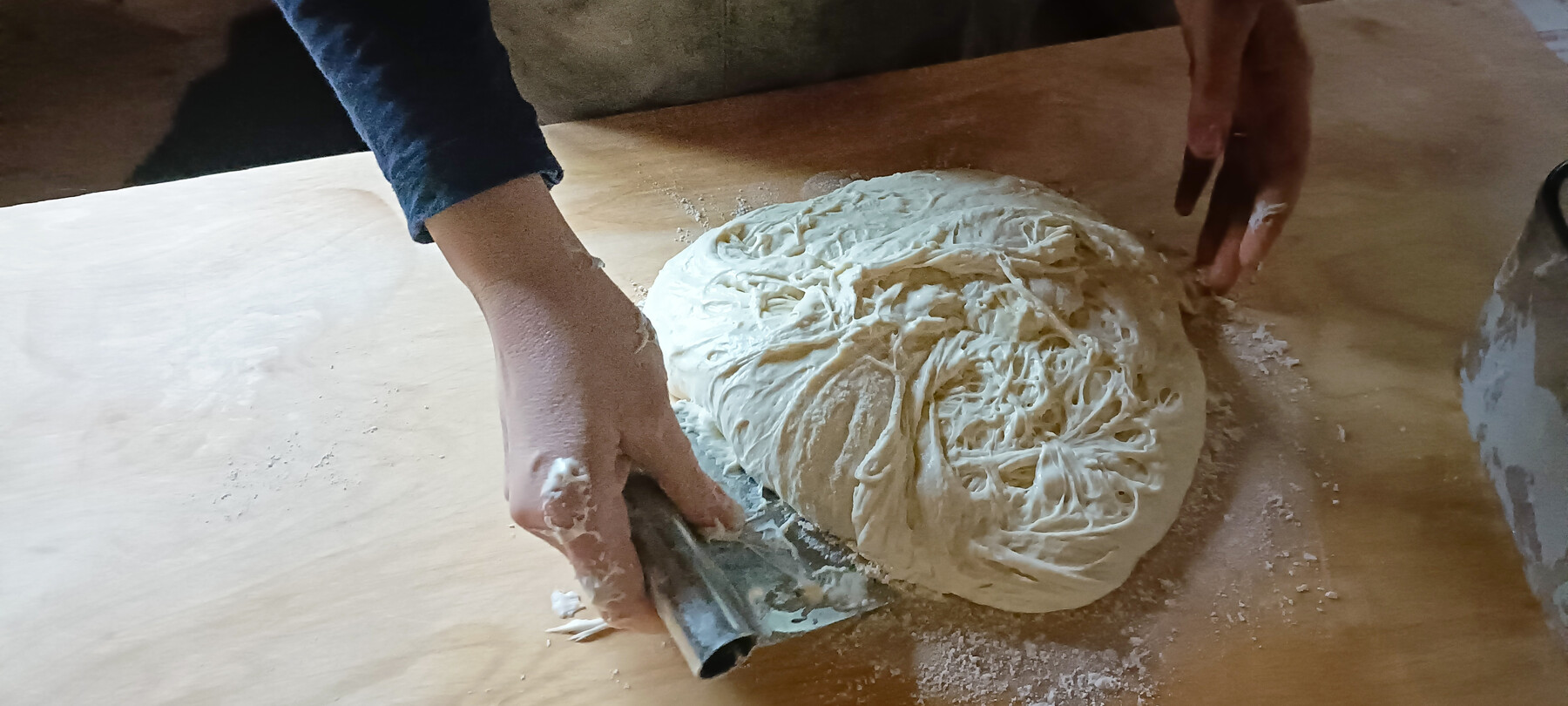
Pasta Madre
“I started making bread more or less on a whim. A friend of mine, 15 years ago, had told me about this pasta madre or sourdough starter, but at the time I didn’t know anything about it. It seemed more fantasy than reality to me. So, I made some by myself to see if it worked. It was an incredibly slow learning process. At first, the bread came out inedible. It’s strange to think that I started making bread with pasta madre before I’d ever even tasted it.
It was more than a year later, a lot more, before I had the chance to taste bread made by somebody who knew how to make it properly, because it didn’t exist here in Trentino, nobody had it. For me, it was an abstract idea, I didn’t know what to aim for, what it was supposed to be like. Then, finally, a woman from the valley received some pasta madre from Calabria: a starter that must be 65 years old by now, very sweet, very mature…”.
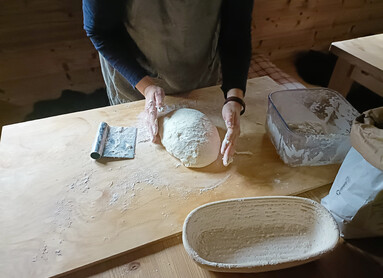
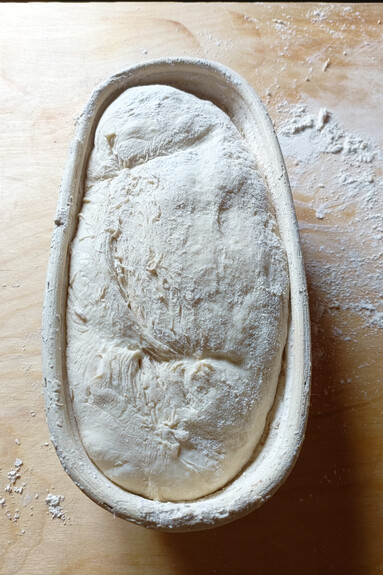
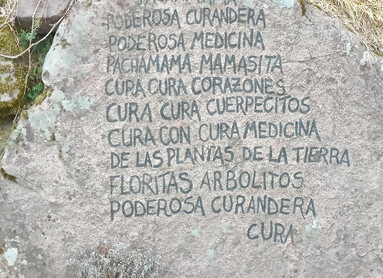
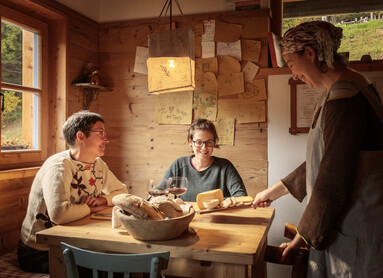
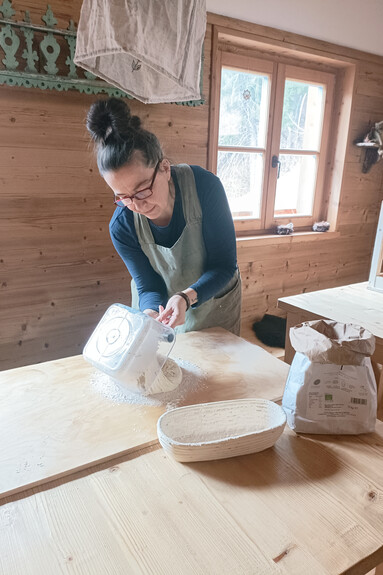
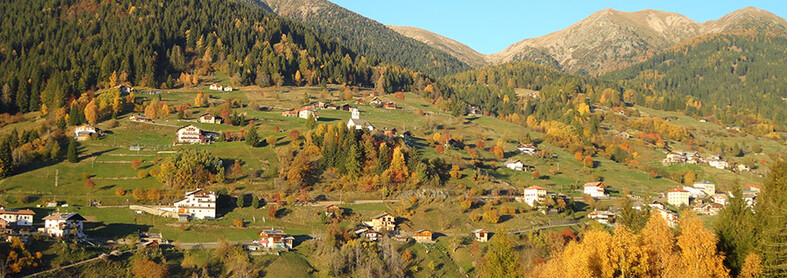
The bread
Visitors to the maso want to taste the bread and want to learn how to make it. Every course adapts to the level of its participants: learning about different flours, the different ways to use them, the patience and the care required to keep the pasta madre alive. Ultimately, what we can create with our own hands is limited only by our ability to feel the dough between our hands, as well as learning the secrets and techniques involved, of course. After around three hours, you leave with one loaf of bread to cook at home and another that’s ready to eat. Most importantly, you receive a pasta madre starter to take with you, the very same one from which it all began at the maso. A gift from the heart.
You learn that dough must be stretched, folded and spun; that time well spent is its own reward; that new flavours must be understood before they can be given a name. And who knows: perhaps you, like Vea, will find the gestures of the bread-making ritual the first step in seeing yourself in a different light, maybe even a clearer one.
The most difficult thing about being here, Vea?
“The more time passes, the harder it becomes to find anything difficult at all…”
